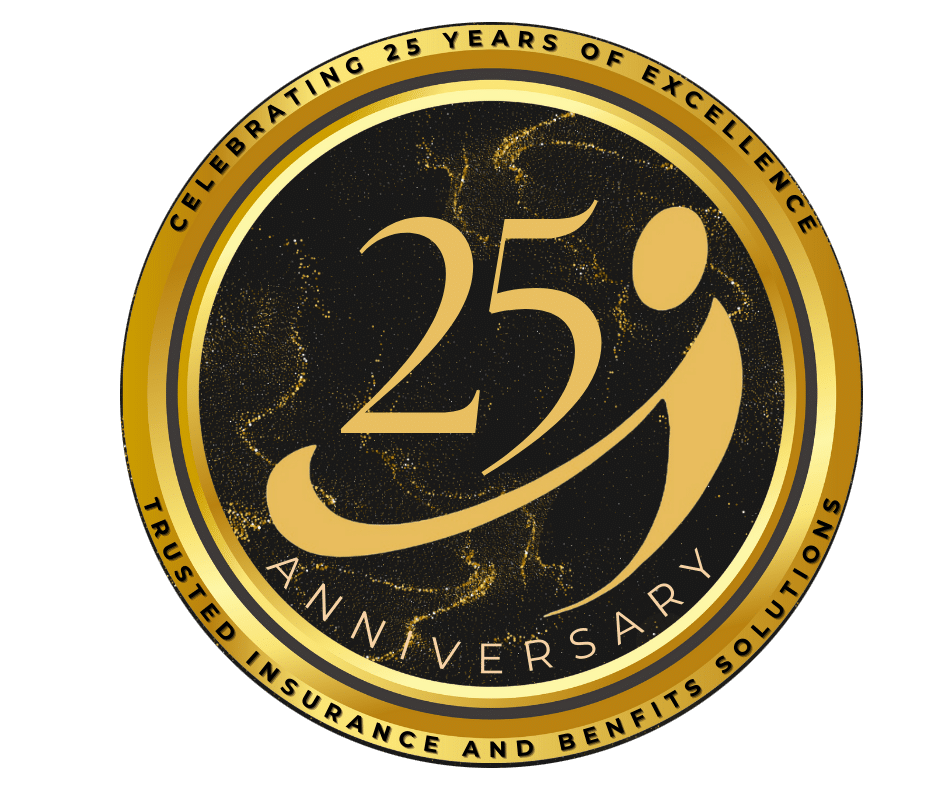For Employers: Your Business
Who You Are and What You Do
Every business is different – size, structure, years in operation. Not only do the physical attributes of a business define what it is and how it operates in a competitive marketplace, but the methodologies and philosophies of operating a business vary as well. Although business fundamentals and solid ethics are commonplace, approaches to employee compensation, operations strategies and use of resources are as unique to the business as the business name itself. These key elements should indicate that an effective benefits program must also be designed and applied to the business that best suits its daily operations. You can purchase benefit plans that are designed to provide general, blanket coverage for a number of different areas of your business. But you don’t have to – you can implement a plan that works best for you and your business.
Existing Benefits Program
The best way to determine what benefit program is the best for you and your business is to take a closer look at what you already have. Do you know what is being used, by whom and where? Where do the dollars go? When do I review and adjust the program? Does the program work the way it was explained to me and can my questions be answered promptly and clearly? As an employer, do I even understand the details of how my health benefits program works?
Desired Benefits Program
One of the first questions you may have is, how do I truly know what I want or what is best for my business if I don’t understand how a benefits program actually works? Where do the dollars go? What are the limitations and uses of a program? Employee interaction is crucial at this point because often what employees want, use or prefer in their health benefits package will determine what plan will work and what options can be included. It doesn’t have to be about covering the basics and general uses anymore – it is about applying a health benefits program with enough options and flexibility to maximize usage and minimize costs.
Covering the Gaps
Health Risk Services functions to assist you in answering these questions and outlining the solutions that will begin to close the gaps between what your current health program offers and what the next best solution can provide. The key elements of maximizing how efficient your health program can be is in the design, implementation and management of the plan. This is the role of HRS and how we will:
– maximize employees usage and involvement – developing a program that introduces options and flexibility by meeting the specific needs and uses of each employee and involves employees to the extent that they determine what components of the program are most critical to them
– minimize costs – including products that can and will be used by the personnel of your organization that it is meant for. This process eliminates excessive coverage and pinpoints direct usage to individuals who use it more and those who do not require a benefit to the same extent
– options for unused portions of benefit expenditures – where funds for Health Spending Accounts (HSAs) are applied, unused portions of benefit allotments have options for rollovers or reinvestment purposes
– review and maintenance process – an essential component to your program which continually assesses the effectiveness of coverage, control of expenditures and outlines processes to adjust and realign programs where required
– program that is understandable and usable – eliminating the unknowns and educating owners and users of the health program how to best maximize the provisions of the health benefits program. Allowing both employers and employees to make informed decisions for structuring the program as opposed to making purchases of products that are only perceived as necessary
– program that is best suited for the size, structure and operations schedule of our business – introducing components of the program that are best used by the business in terms of it’s operations and are available based on the requirements and risks associated with the business style and working conditions












